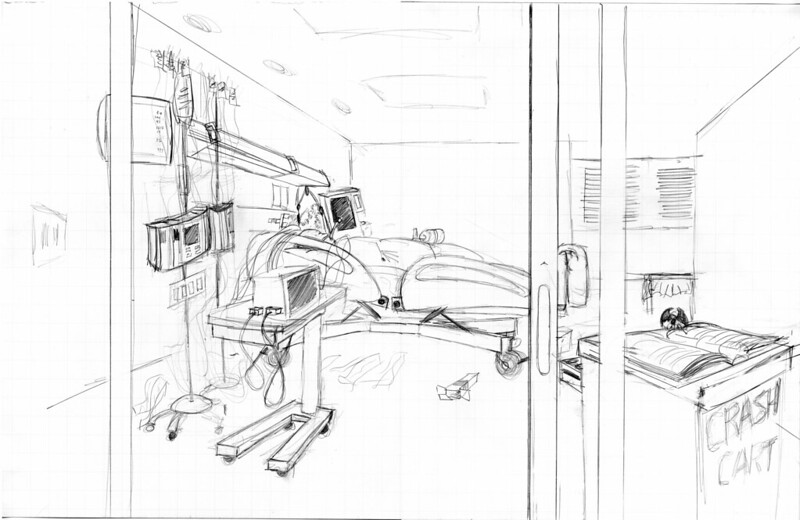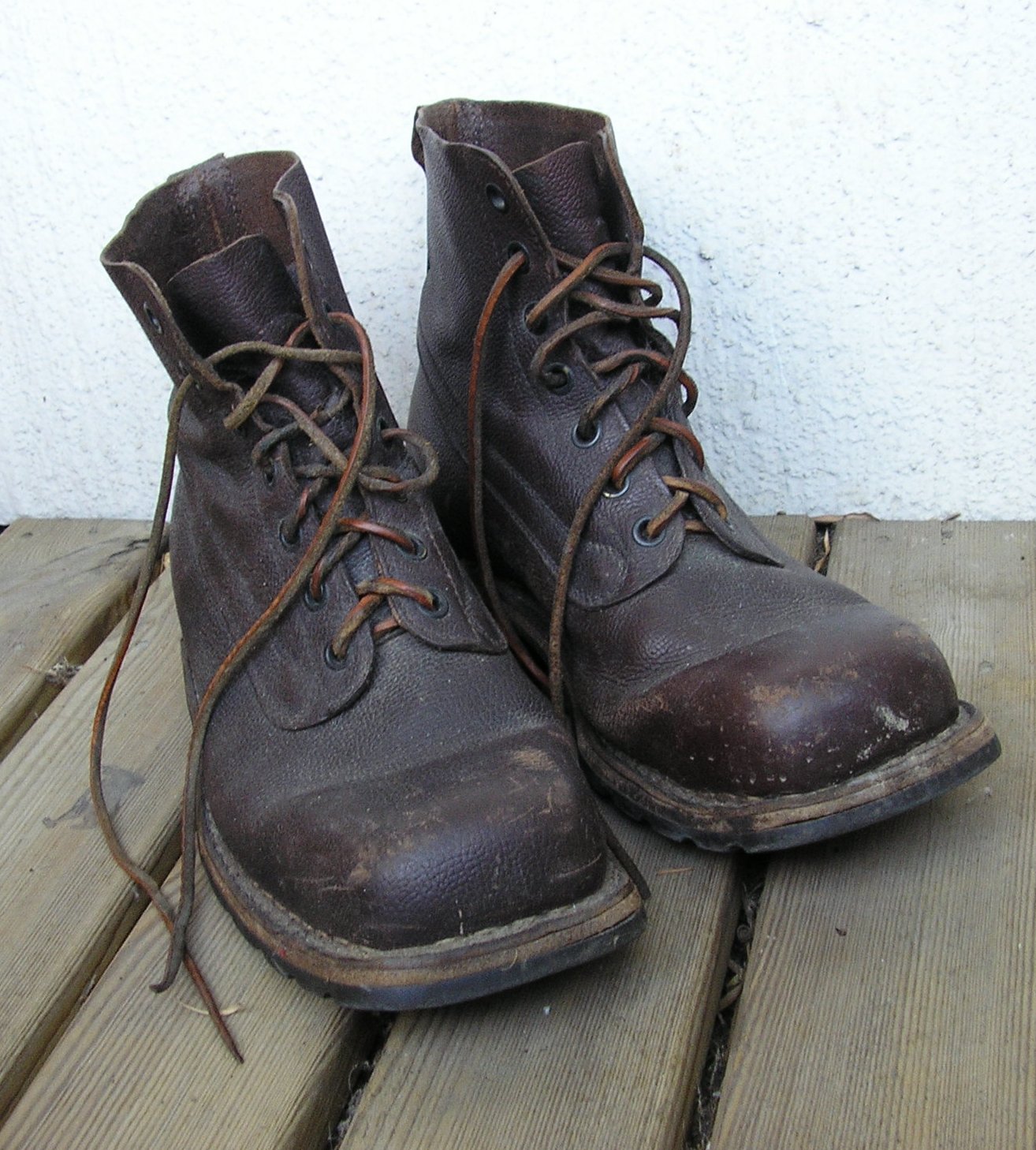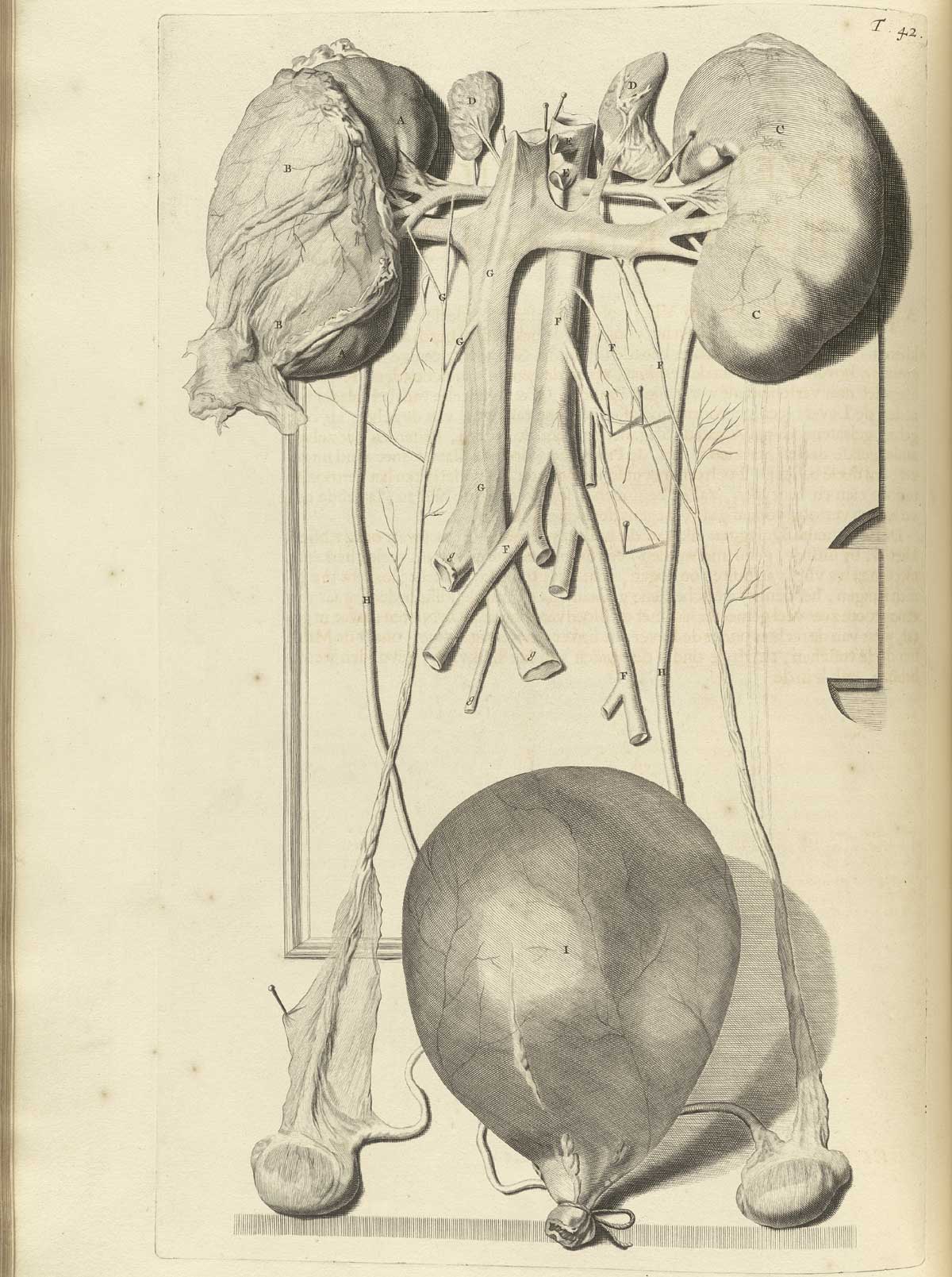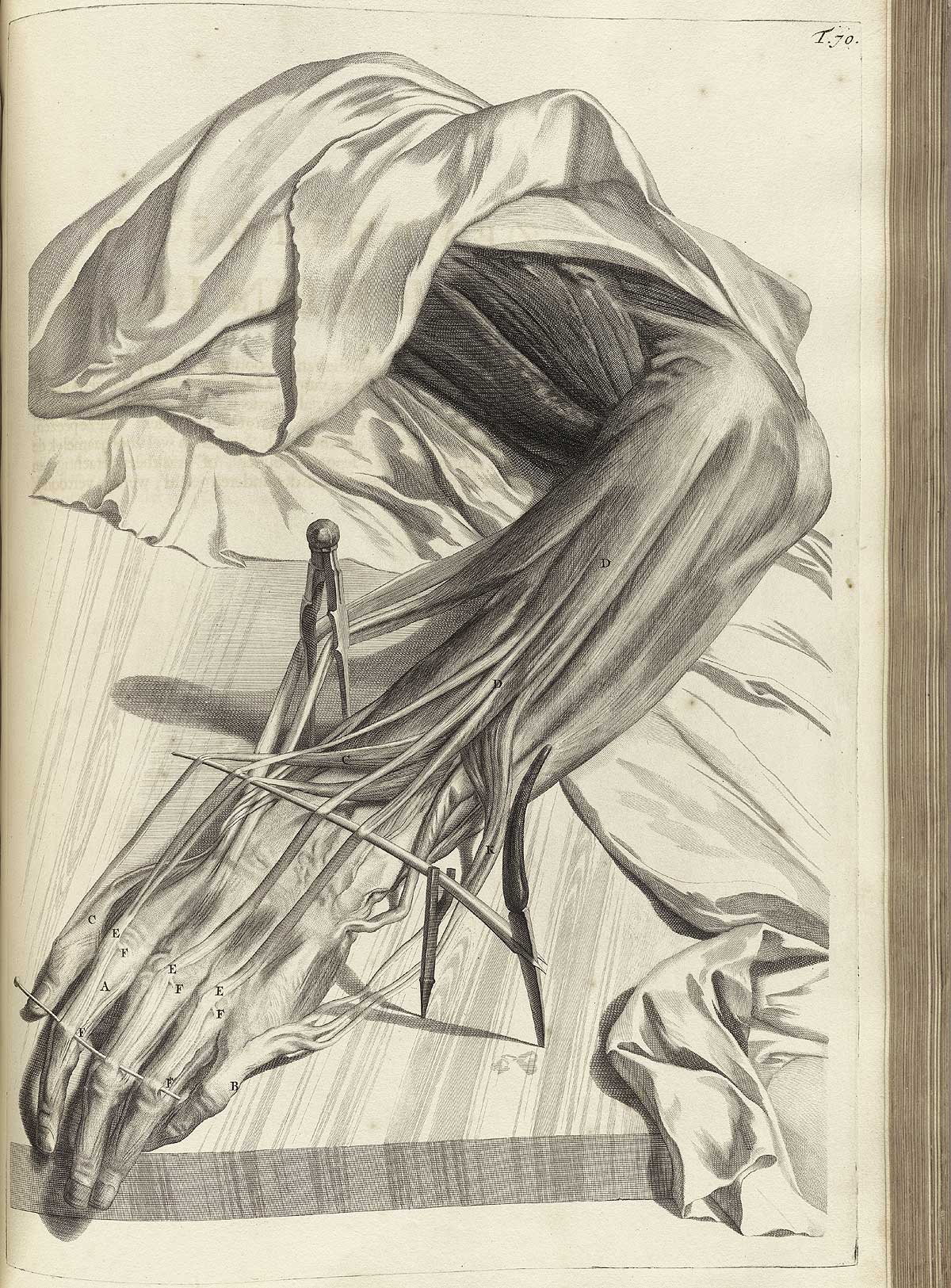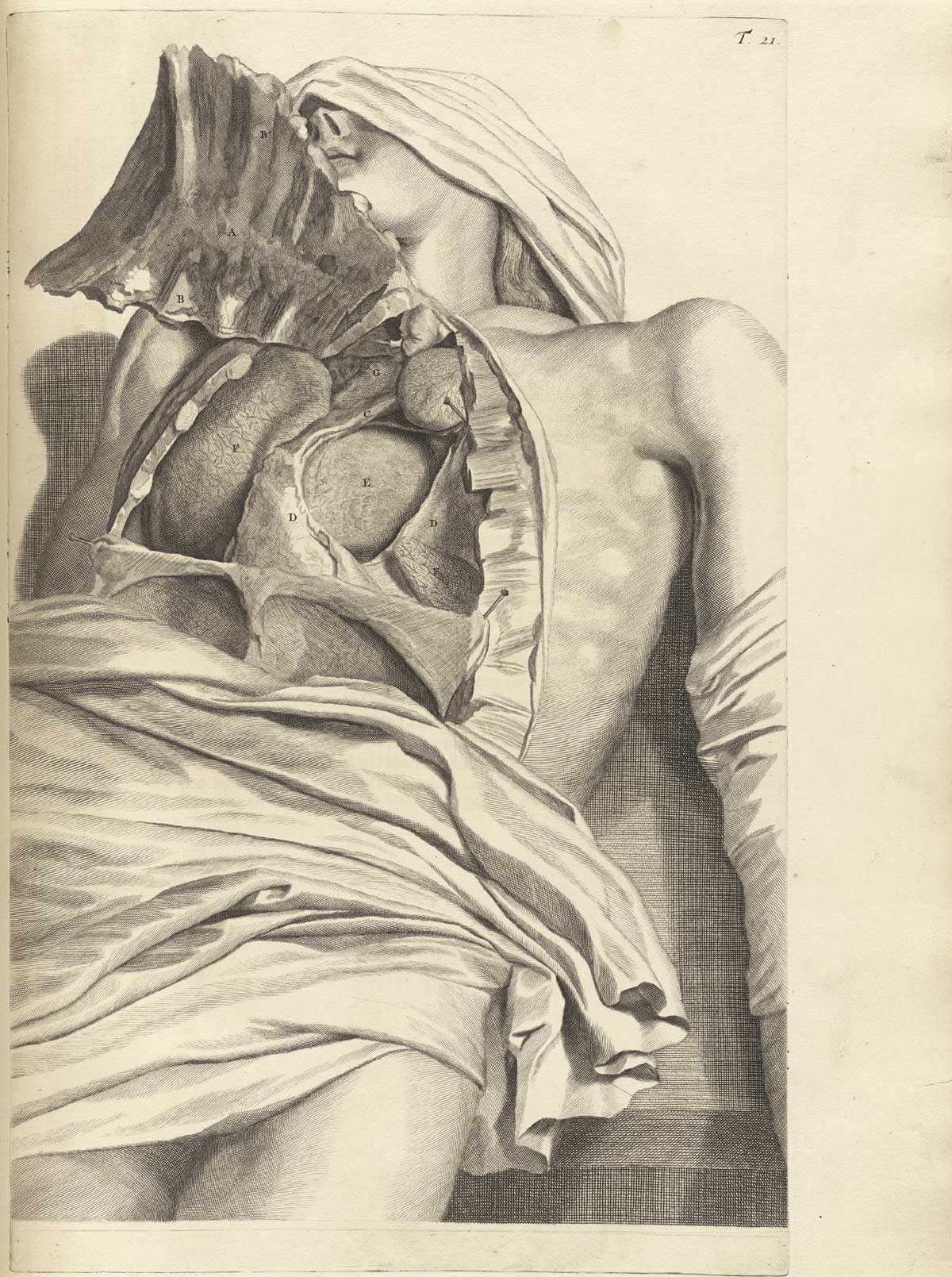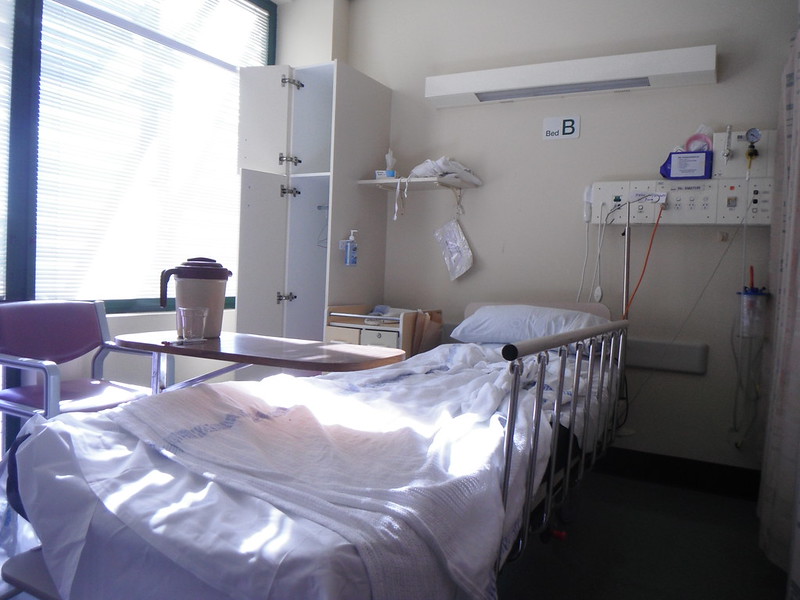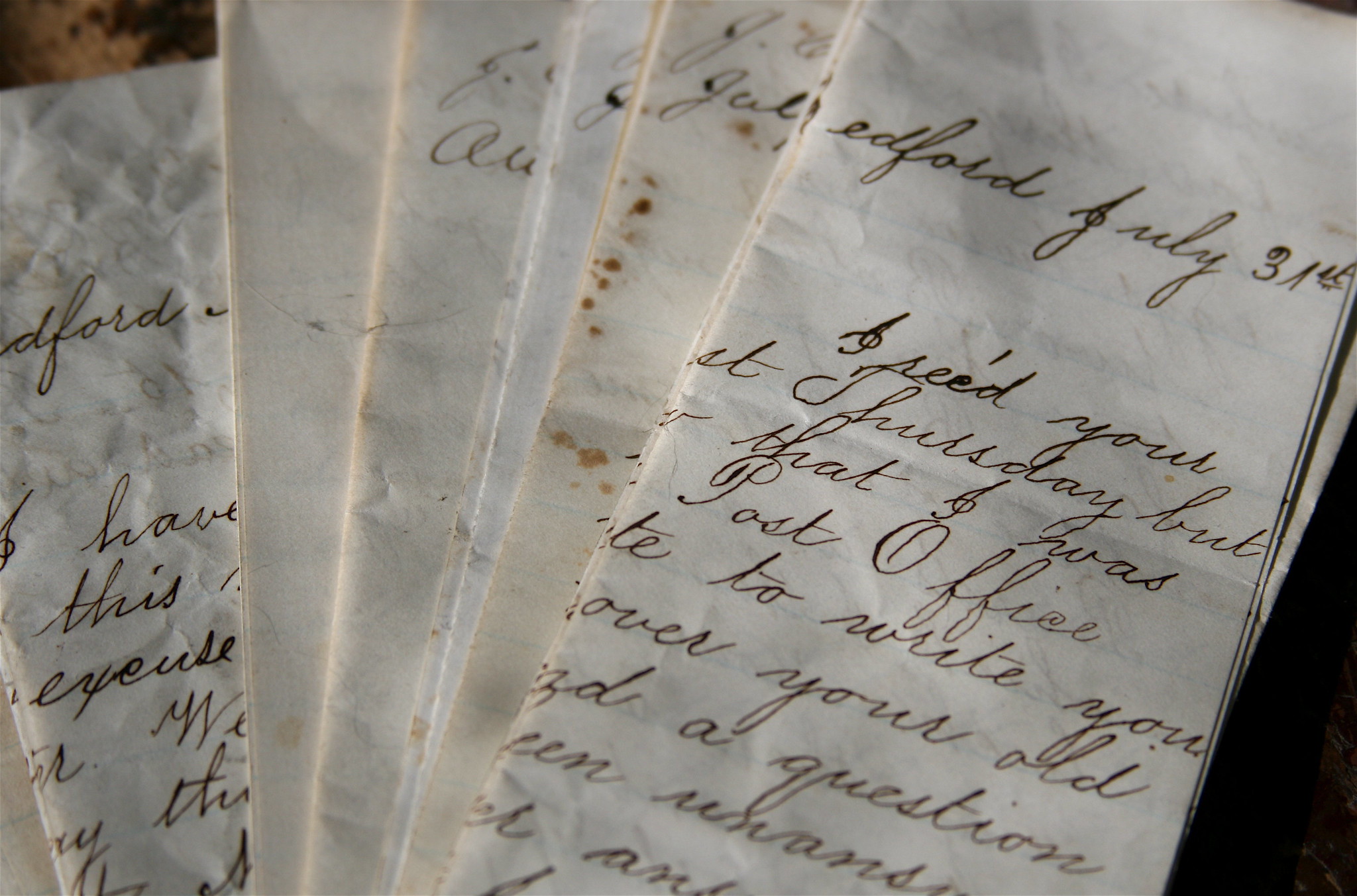Smile
Mr. T did not smile at me. No, I didn’t think it was because he was mean or anything; in fact, he was polite and had quite a calming voice. But honestly, it was hard to read someone’s facial expression behind a mask — at least during the first few months of the COVID-19 outbreak.

